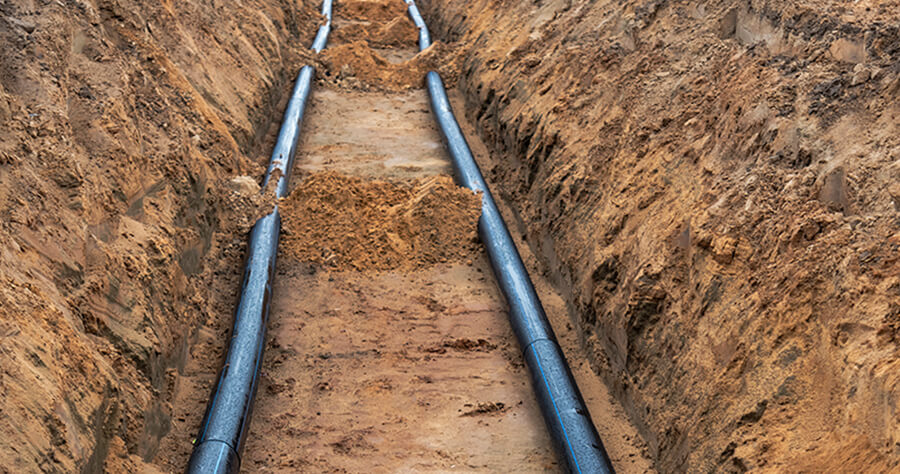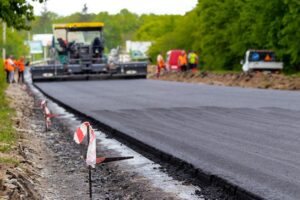In the realm of civil engineering and urban development, the surface often takes center stage, showcasing skyscrapers, bridges, and bustling cityscapes. However, beneath our feet lies a fascinating and complex world of underground installations that plays a crucial role in shaping our modern infrastructure. This blog post aims to delve into this hidden world, exploring the lesser-known aspects of underground installations, backed by relevant statistics and credible sources.
The Unseen Network: Underground Utilities
Underground utilities form the backbone of any developed city, comprising water and sewage pipelines, electrical conduits, and telecommunication cables. According to the American Society of Civil Engineers (ASCE), in their 2021 Infrastructure Report Card, the United States’ underground infrastructure received a C- grade, emphasizing the need for investment and maintenance.
Subterranean Transportation: Tunnels and Subways
Tunnels and subways are lifelines for many urban centers, providing efficient transportation options and reducing surface congestion. While commonly discussed, the sheer scale of these projects often goes unnoticed. The Channel Tunnel, linking the United Kingdom and France, spans over 31 miles, making it the longest undersea tunnel globally.
Underground Storage Facilities: More Than Meets the Eye
Beyond transportation and utilities, underground storage facilities are pivotal in various industries. Oil and gas reserves, for instance, are often stored in vast underground caverns. The Strategic Petroleum Reserve (SPR) in the United States, with a capacity of 714 million barrels, serves as an emergency stockpile to mitigate the impact of disruptions in oil supplies.
Innovations in Underground Construction: A Look Ahead
The realm of underground installations is witnessing continuous innovation. Subterranean farms, data centers, and even parking lots are being developed to maximize space utilization. The concept of underground urbanism is gaining traction, with cities like Helsinki planning to build an extensive underground masterplan to address urban sprawl.
Environmental Benefits and Challenges: Balancing Act Below Ground
While underground installations offer several advantages, including reduced environmental impact and enhanced security, they also pose unique challenges. Excavation and construction activities can disturb ecosystems, and maintaining the structural integrity of underground structures requires ongoing investment. Striking a balance between the benefits and challenges is crucial for sustainable development.
Conclusion
The world beneath our feet holds a wealth of possibilities and challenges, shaping the way we live and build our communities. From intricate utility networks to groundbreaking innovations, the realm of underground installations is a dynamic and essential component of modern infrastructure. As we look to the future, understanding and appreciating this hidden world will be key to creating resilient and sustainable cities.



